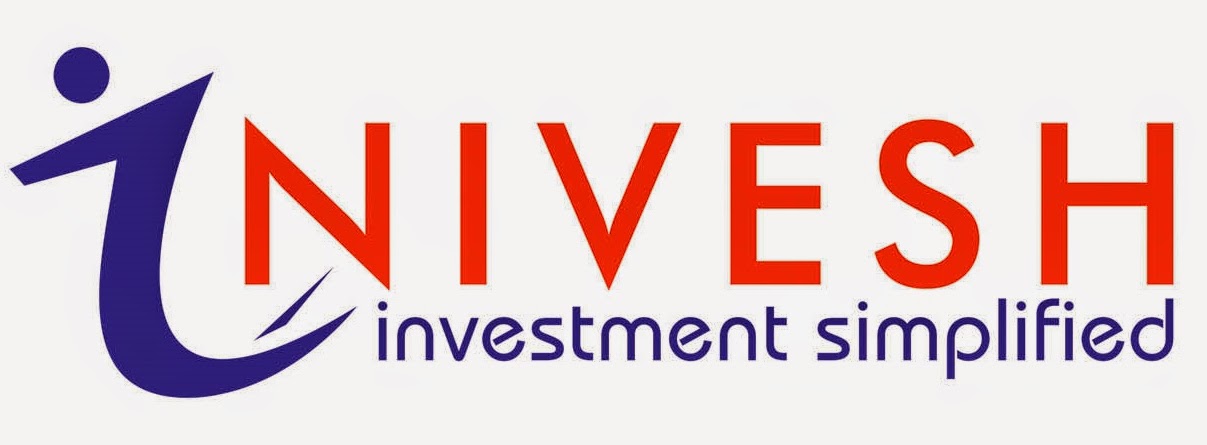The NCDs of Muthoot offers some margin of safety in terms of loan to value, investment grade rating.
The latest in the stream of companies offering non convertible debentures (NCDs) to retail investors is Muthoot Finance, India's largest gold financing company. It is making a public issue of secured NCDs with two year, three year and five year options. We suggest that investors with some risk appetite can take up the two year NCD which offers a 13 per cent annual rate of interest.
The issue
A 13 per cent rate of interest on a debt instrument offers an opportunity for investors to obtain higher yields resulting from a rising interest rate scenario. Secondary market yields on the slightly higher rated AA securities with a residual maturity of two years, are almost two percentage points lower than the rate offered by Muthoot which makes it an attractive instrument. Deposit taking NBFCs with slightly better credit profile are offering anywhere between 9.55-10 per cent on deposits with similar tenors.
Bank deposit rates for a two year tenor stand at 9.25 per cent; however they are not fully comparable as they offer a safe alternative (deposits upto Rs.1 lakh are insured).
Apart from attractive rates, the secured nature of Muthoot's lending (loans against gold) offers some margin of safety in terms of loan to value, investment grade rating (CRISIL AA-) and strong track record with 70 years of experience in gold financing business support the investment. An AA- rating is defined as carrying “very low credit risk”, however, a minus sign indicates lower standing of the company among all the AA rated companies.
Investors can avoid the three year and five year instruments as the 0.25 percentage point higher than the two year rate of interest doesn't really make up for the risks of holding on for a longer tenure.
About the company
Gold loans account for 99 per cent of Muthoot's assets under management with predominant exposure to South India. It has a low proportion of non-performing asset (gross NPA ratio of 0.31 as of June 2011) thanks to gold as collateral. Muthoot has made profits in at least last seven fiscal years. It has 120 tonnes of gold against which it lent at average loan-to-value of 72 per cent. The issue also gives comfort from the gold price movement perspective. Gold prices may continue to remain firm for some time given its safe haven status.
The assets under management are close to Rs 18,000 crore. The interest spreads (difference between interest earned and interest expended) of Muthoot was 10.9 per cent for the quarter ended June 2011. The company has been raising money from retail investors for quite some time through private placement of secured NCDs. As of June 2011, retail NCD borrowings accounted for 26 per cent of overall borrowing. The capital adequacy ratio of Muthoot is strong at 19.2 per cent as of June 2011 as against mandatory requirement of 15 per cent.
A word of caution
Muthoot Finance is the fifth non-banking finance company (NBFC) to come up with a public issue of NCDs in the last couple of months. It is also fourth company in as many weeks to hit the market with secured NCD issue. Given such high dose of NCD issuances, investors should avoid allocating too large a portion of their portfolio to such NCDs.
The issue carries a minimum investment amount of Rs 5,000. The offer opens on August 23 and closes on September 05; with the company having an option to pre-close the issue. The allotment is on a first-come-first-served basis. The issue size is Rs 500 crore with an option to retain another Rs 500 crore oversubscription. NCD holders can trade in these debentures in the secondary market (NSE and BSE) on listing. However, investors are subject to liquidity risk given that volumes traded of such bonds are low.




